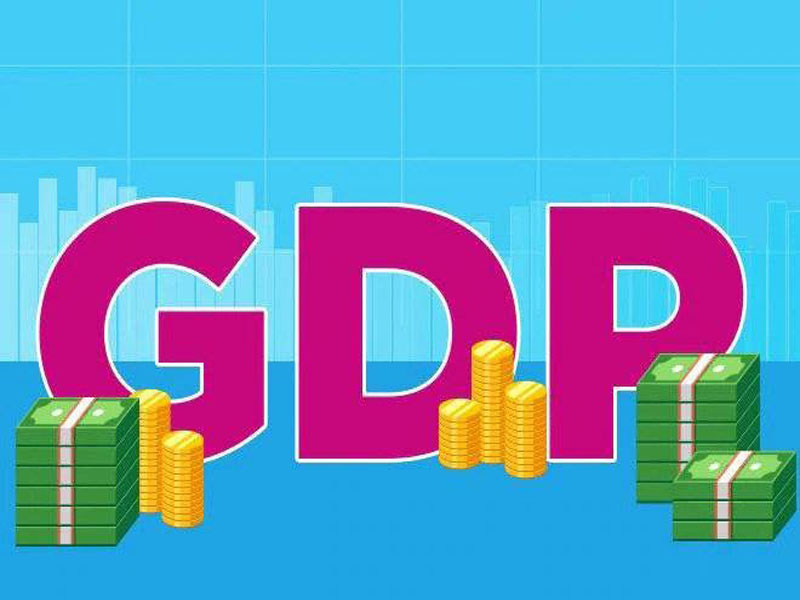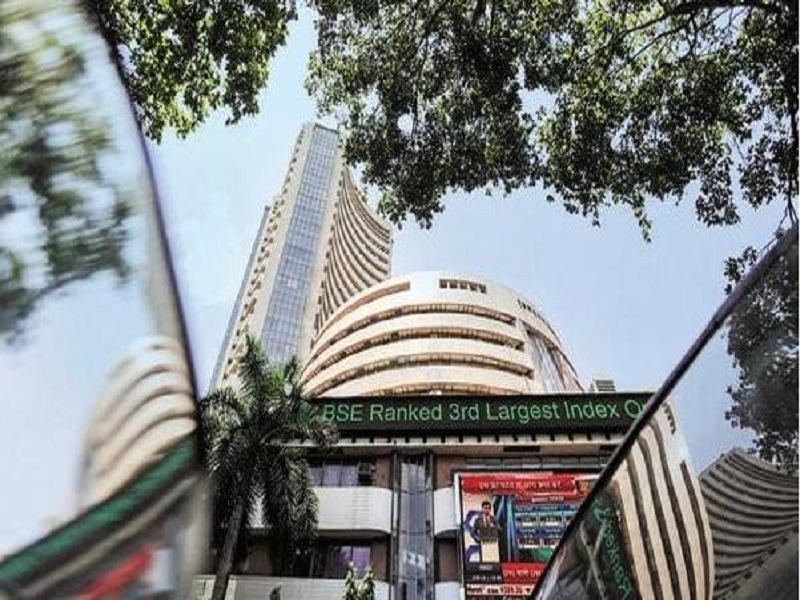GDP and GVA giving conflicting signals on economic recovery during FY21?
Published On: Monday, March 1, 2021 | By: Team KnowMyStock

In India, the GDP and the gross value added (GVA) seem to be giving conflicting signals on economic recovery during FY21. This happens because of the definition of these two numbers. For instance, GDP was projected to fall by 8 percent in the fiscal year 2020-21 (FY21) by the second advance estimates (AE), sharper than 7.7 percent by the first one. On the other hand, GVA is projected to fall 6.5 percent in the second estimate. The first estimates pegged the figure at less than 7.2 percent. Also, while GDP was projected to fall 1.1 percent in Q4, GVA was forecast to grow by 2.5 percent in the same quarter by the second AE. This mismatch happens due to a change in the definition of GDP in 2015 with effect from 2012-13 on the base year 2011-12. The revised method of GDP did not only change the base year, but also the way it is computed.
From January-end 2015, a new GDP methodology was adopted. First of all, now value addition at each stage is taken for calculating GDP or GVA. GVA is calculated at basic prices. Basic prices are the amount receivable by producers from purchasers of goods as well as services produced. In other words, it is factor cost plus production taxes minus production subsidies. Production taxes are those imposed on a firm by virtue of it producing something. It doesn’t depend on the volume of production. For example, registration fee, land revenue, stamp duties are all production taxes.
If one adds product taxes such as excise duty, value-added tax or VAT and goods and services tax (GST) to GVA at basic prices and takes out subsidies, it gives us GDP under the new methodology.
GVA for FY21 comes to Rs 124.11 trillion. But if one adds net product taxes or indirect taxes (taxes minus subsidies) of Rs 9.97 trillion to it, the result is Rs 134.08 trillion of GDP in the second AE.
In the first AE, net indirect taxes were to the tune of Rs 11 trillion, and hence, GDP was a bit higher at Rs 134.40 trillion. Besides, GDP for FY20 at constant prices was also revised to Rs 145.69 trillion in January from Rs 145.65 trillion. Both these factors showed a bit higher contraction for GDP in the second AE than the first one.The difference could be more acute in quarterly estimates since the government gave a much higher food and fertiliser subsidies due to Covid-related issues and cleaning up of the Food Corporation of India’s dues.
The government’s revised estimates (RE) showed food subsidy would increase to Rs 4.22 trillion from Rs 1.15 trillion in the Budget Estimates (BE) for FY21. Similarly, fertilizer subsidies rose to Rs 1.34 trillion in RE from Rs 71,000 crore in BE. In the first estimates, BE was taken into account, while RE was considered in the second AE.
The subsidy got lumped mainly in Q4. That is why despite rise in GST collections in December and January to record levels, net indirect taxes accounted for just Rs 3.15 trillion in Q4FY21 against Rs 4.43 trillion in the corresponding period of 2019-20.
This led to GVA of Rs 34.74 trillion in the fourth quarter, translating into Rs 37.89 trillion GDP in Q4 of the current fiscal year (after adding net indirect taxes). This is against Rs 33.89 trillion of GVA, leading to Rs 38.33 trillion GDP in Q4 of the previous year.
For gauging economic recovery, GVA should be taken into account as it is the primary source of data. GDP, which is calculated from expenditure side, is mainly derived data.
We are on Telegram!
JOIN our telegram channel to receive updates on Financial News and Stock and FNO Tips.
Click Here!
Follow Us On:






